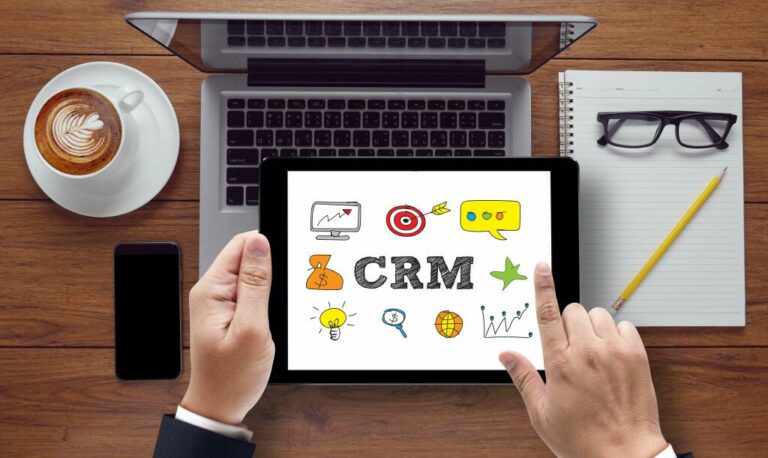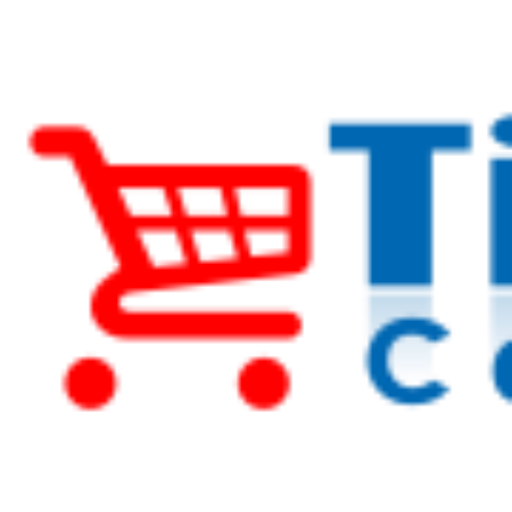Content
But first, let’s have a brief look at the BaaS definition to get a clear understanding of this practice. Tech-savvy legacy banks can fend off the encroaching threat of fintechs by moving into the BaaS space to share their data and infrastructure. Humans as a service represents the top layer of the proposed revision of the BaaS stack. While at the onset this layer may not seem especially important, as FinTech services continue to grow as a segment in the financial service market, services performed by Cloudworkers will take on increased importance. This is a behind the scenes component that end-users will be unable to discern between a complete automated service and one that includes HuaaS. Beyond setting up accounts at different banks, the owners at Hair Flair spend time each week reconciling finances across these accounts to track their money, pay bills, and avoid bounced checks.

Some technology companies have obtained banking licenses, enabling them to offer their BaaS platforms to distributors that want to provide financial products to their customers. A financial institution that wants to offer BaaS via a distributor can set up a platform for this purpose based on the latest low-cost, cloud-native, scalable technology, which will reduce its cost to serve customers. The simplest option is to use one solution that offers both payments and BaaS services. This significantly reduces the complexity required to go to market and scale your offerings, lowering internal cost.
Top banking-as-a-service firms
Today, most platforms are considered part of the “SaaS 2.0” generation, which facilitates online payments for their customers—marking their first step into embedding financial tools into their product. This feature has become table stakes for platforms; without embedding online payments, platforms have a much harder time competing in the market. Facilitating online payments also helps SaaS 2.0 platforms generate more revenue—in addition to charging for monthly subscriptions, they can also charge customers for access to payment processing.
- Furthermore, through collaboration with BaaS platforms, financial enterprises can reduce bureaucracy and outdated complicated processes, initiating a more customer-centric banking system in the sector.
- This can help you achieve savings goals or improve your spending habits.
- Banking as a service is a concept that is quickly gaining traction in the financial industry.
- Verified Payments brand belongs to Verified Payments UAB company which is a payment service provider in Eurosystem.
- Banking as a Service describes a model in which licensed banks integrate their digital banking services directly into the products of other non-bank businesses.
- We help fintechs get the licenses they need to open businesses in the UK, Singapore, and other global markets.
FinTech companies and other providers of the BaaS experience launch small businesses with substantial growth potential, new products, and business models. BaaS is a system that lets businesses offer banking services to their clients. Companies can now provide payment services and loans by implementing digital banking into their services using APIs. Other services include credit cards, debit cards, and mobile bank accounts. Banking-as-a-Service has become the most innovative way for fintech to quickly bring a customer-focused bank platform to market through digital means.
What is Banking as a Platform?
Sometimes confused, Open Banking and Banking as a Service refers to two different models. The global BaaS platform market is growing at a CAGR of 15.7%, expected to reach $12.2 billion in 2031, according to the Future Market Insights Banking as a Service Platform Market Report summary. Railsbank, funded through debt and venture capital rounds with impressive investors , is seeking an additional $100 million of financing in 2022. Slabicki added that security and trust from consumers was critical in the financial ecosystem. Fintech wins because they sell their product to an established business for a profit. Banking as a Platform means Banking as “a Platform for fintech and tech companies”.
BaaS is enabled by the seamless integration of financial services and products into other kinds of customer activities, typically on non-financial digital platforms. Consumers increasingly use these platforms to access services such as e-commerce, travel, retail, health, and telcom. The financial service could be someone taking out a small loan when they pay for a holiday on a travel site; or the instant calculation and sale of micro-insurance for newly purchased jewelry.

The prospect of such a large-scale shift understandably may be unnerving to banks long used to a dominant, standalone role in which they “owned” the financial services relationship with their customers. But banks that hesitate or cling to established paradigms risk losing market share and eventually facing obsolescence. The banks’ server communicates via APIs and webhooks with that of the airline, enabling your customer to access banking services directly through your airline’s website or app.
Banking as a Service: what opportunities for banks? 🏦
Today, the most innovative banks’ core banking can integrate with a variety of systems via standard software and APIs. None of the above is possible without a modern, open and flexible core banking platform. Traditionally, banks have equated extensive customization with competitive advantage.

Banking-as-a-service, or BaaS, is a great opportunity for existing banks, insurers, and wealth managers to reach a greater number of customers at a lower cost by teaming up with non-financial businesses. But if they do not react in a rapid, strategic manner, BaaS could also pose a threat, as it opens up the financial services market to new challengers. Incumbent banks and other financial institutions need to make strategic decisions about how to enter this growing business – what products to offer and which partners to work with. When you first start providing embedded finance services to customers, you may start with only one service, such as cards. As customer demand grows, you may want to provide access to additional services, such as financial accounts. These various financial services are all related to dealing with money—accessing it, storing it, spending it, and moving it—so your systems need to be able to talk to each other and pass important customer information.
By offering services through digital channels, banks can reduce the need for physical branches, which can be expensive to maintain. This can help banks to increase profitability and become more competitive in the marketplace. In a more competitive market, differentiation is of high importance and BaaP providers allow banks to identify their strength and build their ecosystem around it. To become “every person’s bank” by offering all possible services on a single platform.
Banking As A Service: What Are The Risks And Who Owns The Customer?
Existing bank marketers are used to marketing directly to consumers and small (to medium-sized) businesses. BaaS marketing is about marketing to fintechs, SaaS software providers, technology marketplaces, and consumer brands—a totally different skill set. The cloud banking-as-a-service native 10x Banking platform helped Westpac realise its vision of creating a brand new and customer-first business model. 10x and Westpac have a common goal around fundamentally transforming how the bank uses technology to improve customers’ financial well-being.

Unique IBAN accounts for individual users and hit two birds with one stone. First, it contributes to a better user experience as they do not have to make a bank transfer each time they make a transaction on the platform as the funds are securely stored there. Second, for the platform, it is easier to convince customers to re-invest, which greatly increases customer retention. In addition to getting ahead in open banking, legacy institutions that launch their own BaaS platforms are also opening up new revenue streams. The two main monetization strategies for BaaS include charging clients a monthly fee for access to the BaaS platform or charging a la carte for each service used.
Global Payments
By partnering with BaaS platforms, financial institutions may reduce their expenses significantly. Furthermore, through collaboration with BaaS platforms, financial enterprises can reduce bureaucracy and outdated complicated processes, initiating a more customer-centric banking system in the sector. BaaS platforms provide insights gained through data analysis, artificial intelligence, machine learning, and other methods of AI technology. This can provide crucial insights into customer patterns and help fintech companies better personalize their financial products and offerings.
Banking as a Service links these businesses with online customers to the systems of licensed banks via an API connection for integration. It often uses third-party BaaS platform providers with middleware software and financial applications. Shopify Balance employs Stripe—an online payment gateway—to incorporate small business bank accounts into an e-commerce platform. The primary features involve a management dashboard that allows merchants to make insights into the financial business health, as well as virtual and physical debit cards. With this BaaS solution, vendors get faster access to revenue processed by Stripe.
Embedded card payments emerge as an alternative way of paying through debit or credit cards. Users can then apply and receive the branded card, transfer funds onto the card and use the total amount held on the card. Issuing a branded card helps the company increase customer loyalty by enhancing its promotional and transactional capabilities. We assist major financial institutions, corporations, and fintech entrepreneurs to bring highly unique payment services to market, backed by solid, immediate business value and strategy. Banking as a Service allows brands to create new revenue streams, improve CX, embed financial services, and enhance the customer value proposition. The key thing to remember though, is that different to BaaS providers, the TPPs are not able to perform banking services , as they don’t hold full banking licences themselves.
Financial Technology Partnerships and Solutions
Factor in the breadth of financial services beyond core banking, such as investments and insurance, and that projection of double-digit billions comfortably moves into triple digits. There is a lot more room for fintech companies to customize their financial products to the market and empower customers by allowing them to manage their payments or subscriptions through a more digitalized platform. The second layer represents the “Bank-as-a-Service layer” that maps out banking services customized as an ecosystem for fintech companies to deliver products to end users. This part of the stack sends data back and forth between the bank and fintech, through the BaaS provider as an intermediary. Other sources of revenue could include set-up charges or revenue-sharing agreements. Lead Bank partner with Fintech companies to extend banking services to a unique financial service provided to consumers, typically through the use of APIs .
In Banking as a Service, an API connection to licensed banks and BaaS software platforms from third-party providers lets these brands offer their end customers embedded financial services. A Banking as a Service provider is a FinTech or other third-party company offering businesses a software platform solution for embedding BaaS financial services for customer use. The BaaS provider links business brands with banking infrastructure systems via APIs. BaaS lets the brand’s end customer readily obtain banking services at the same source when buying a product or service. Embedded bank services include FinTech payments and getting product financing, loans, and credit cards through a seller’s website.
What exactly is Banking as a Service?
Many non-bank brands have extremely large–and dedicated–customer bases that represent a massive potential audience for banks that partner with those third-party providers. By servicing those end-users via BaaS, banks can reach those new potential customers much more effectively and at significantly lower cost than by trying to acquire them directly. This acquisition efficiency has become even more important as competition for financial services customers continues to heats up with new players entering the market on a regular basis. Non-financial providers also can leverage BaaS in order to provide financial tools to customers under the model known as embedded payments or, more generally, embedded finance. A common example of such an arrangement is a retailer issuing an own-branded payment card or mobile app, or offering point-of-sale financing or insurance. The good news for banks is that these new market entrants can’t fulfill all of those needs.

